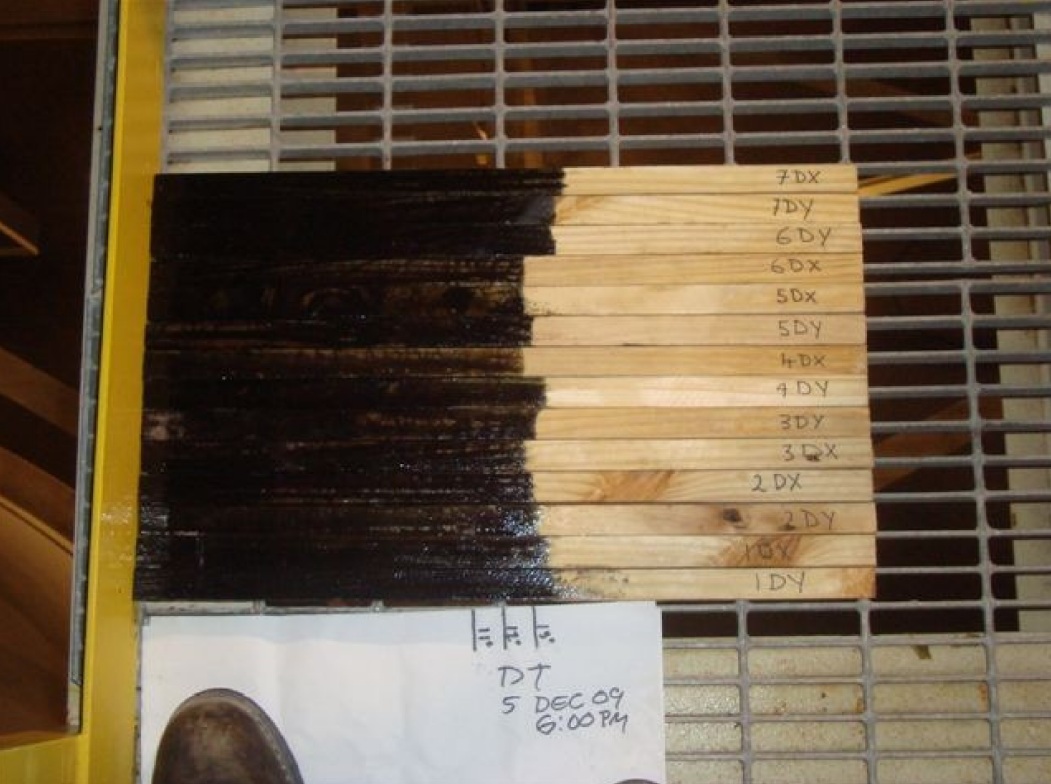|
||
| Sulphuric Acid on the WebTM | Technical Manual | DKL Engineering, Inc. |
Knowledge for the
Sulphuric Acid Industry
![]()
Sulphuric Acid on the Web
Introduction
General
Equipment Suppliers
Contractor
Instrumentation
Industry News
Maintenance
Acid
Traders
Organizations
Fabricators
Conferences
Used
Plants
Intellectual
Propoerty
Acid
Plant Database
Market
Information
Library
Technical Manual
Introduction
General
Definitions
Instrumentation
Plant Safety
Metallurgial
Processes
Metallurgical
Sulphur Burning
Acid Regeneration
Lead Chamber
Technology
Gas Cleaning
Contact
Strong Acid
Acid Storage
Loading/Unloading
Transportation
Sulphur
Systems
Liquid SO2
Boiler Feed Water
Steam Systems
Cooling Water
Effluent Treatment
Utilities
Construction
Maintenance
Inspection
Analytical Procedures
Materials of Construction
Corrosion
Properties
Vendor Data
DKL Engineering, Inc.
Handbook of Sulphuric Acid Manufacturing
Order
Form
Preface
Contents
Feedback
Sulphuric Acid
Decolourization
Order Form
Preface
Table of Contents
Process Engineering Data Sheets - PEDS
Order
Form
Table of Contents
Introduction
Bibliography of Sulphuric Acid Technology
Order Form
Preface
Contents
Strong Acid System - Acid
Distributors - Trough Type Distributors
January 10, 2011
Trough Type Distributors
| The original trough type distributors were fabricated from cast iron with a heavy wall rectangular trough. Notches at the top edge allowed the acid to overflow into downcomers also made of cast iron. The downcomers clipped onto the top edge of the trough and directed the acid to a point in the packing. A feed pipe system is required to distribute the acid between the troughs. Orifice plates installed in the feed pipe system ensure even distribution between the troughs. Due to the size of the cast parts, cast iron distributors were only able to achieved about 15 distribution points/m² (1.4 points/ft²). | |
| Cast iron distributors served the industry well for many years but they were not without problems and limitations. Like all trough type distributors the trough must be absolutely level in order to achieve uniform distribution across the trough. The ends of the troughs rested on brick corbels and brick shims were required to level the troughs. Intermediate overhead supports were sometimes required for the longer troughs. Uniform acid distribution in the feed pipe system is also required but this would be affected by the uneven corrosion of the orifice plates used to distribute the flow. The troughs would often fill with sulphate and would require periodic cleaning with was both messy and dangerous. Although the life of a cast iron distributor was acceptable, the material did corrode which meant it would eventually need to be replaced. | |
| The modern trough type acid distributor is best represented by Monsanto Enviro-Chem's trough distributor. The material of construction is a high silicon containing stainless steel which is virtually corrosion resistant. Like the cast iron distributors, a feed pipe system is required to distribute the acid amongst the troughs but instead of cast iron, stainless steels is used. Instead of cast iron downcomers, tubing with an oval slot near the top of the tube is used to distribute the acid from the trough to the top of the packing. The troughs must still be installed absolutely level and distribution into the feed pipe system must be uniform for the distributor to function properly. A distributor of this design can achieve about 43 distribution points/m² (4 points/ft²) nearly 3 times the number of the cast iron distributor. |
|
| Distribution One of the key objectives of the acid distributor is to achieve an even distribution of acid across the packing. An indication of even distribution in a trough distributor is the level in troughs. If each trough has the same operating level, even distribution can be assured. Dipping the acid level in each trough is a good way to measure the level in each trough. Safety precautions must be taken when dipping the troughs since it can only be done when acid is circulating over the tower. An example of the results of dipping the troughs is shown. |
 |